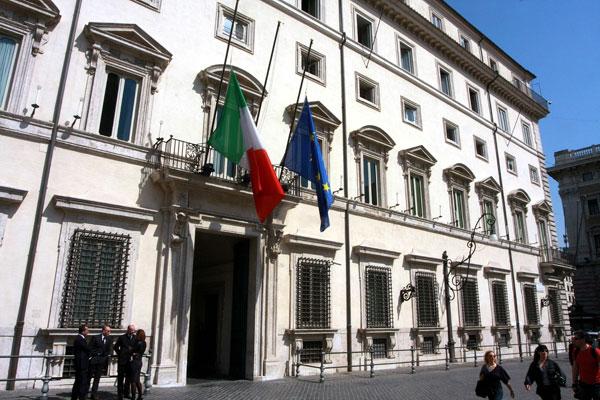
The Italian banking crisis, which has simmered under the surface of the relatively wealthy EU country since 2008, has finally started to erupt. With the UK’s Brexit vote as the catalyst, Italian banking shares have tanked – prompting media speculation on the future of Italy’s economy. After years of bad debts and a typically Italian lax approach to tackling them, it’s crunch time: the government must make a move and tackle the problem, or risk damaging the stability of the Eurozone.
Italy’s economic situation is dire; whilst most countries have recovered since the 2008 financial crisis, Italy has not. Debt was at 121 percent of GDP in 2011, 123 percent in 2012 and 129 percent in 2013. However, the pressing problem of the moment is the €360 billion of ‘sofferenze’ – non-performing loans, in English – weighing down Italian banks; the International Monetary Fund estimates that the Italian banking sector’s non performing loans amount to an astonishing 18 percent of GDP. Borrowers in Italy have accumulated debts they cannot afford, leaving banks unable to offer loans to those that need them. Since the British referendum, the banks – previously propped up by quick-fix intermediate measures in the face of collapse, alongside Mario Draghi’s mass stimuli – have seen shares drop to 2008 crisis levels. It is now clear that action must be taken to completely restabilise the banking system, at an estimated cost of 40 billion euro. But the big question on everyone’s lips is: how?
The problem lies in the European Union’s new banking union, brought in in 2016, which aims to prevent the need for taxpayer intervention in banking crises by placing the responsibility on the banks’ existing stakeholders, who have accepted the risk already.

However, for Italy this is a big problem. A larger-than-average amount of banks’ stakeholders are small savers, making the future of the average Italian’s household finances strongly intertwined with the banks. Many of the Italian population will be affected should Italy follow the EU’s new bail-out rules – and it will risk shutting down the domestic bond market, heavily relied upon by Italian bankers. Prime Minister Matteo Renzi faces a big decision – to follow the EU rules and risk upsetting a majority of his electorate, or risk going against the EU and fund a bail-out with public money.
The banking crisis also poses a political problem for Renzi himself. His course of action will have a resounding effect on his career – upsetting voters will endanger the result of his government’s referendum on constitutional reform, on which the future of his premiership rests. Making a wrong move and alienating his electorate risks allowing Italy’s 5 Star Movement, whose anti-establishment rhetoric has already proved popular in the mayoral elections, to gain further traction – leading Italian politics away from its relatively stable centre-left leanings and towards a possible exit from the EU.
Italy’s long-standing economic crisis has impacted the country for far too long, creating an unfavourable climate for employment and forcing many young graduates to move abroad. The official unemployment rate is 11.4 percent – but the youth jobless rate in the poorer south of Italy far exceeds that, at 65 percent in Calabria, 56 percent in Sicily, and 53 percent in Campania. It is clear to the Italian government that something must be done, and fast. Whichever course of action Italy chooses to follow, the repercussions will be felt throughout the Eurozone.
Miranda Wadham on 03/08/2016
